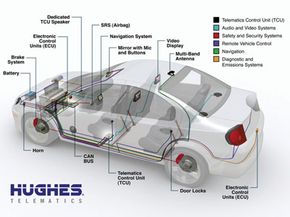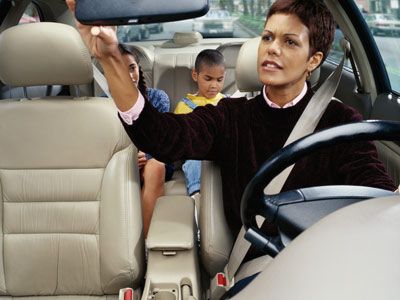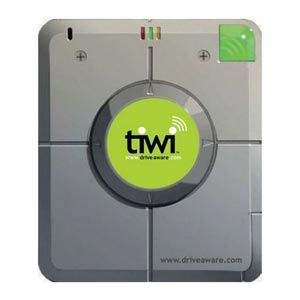Right now, there may be a whole lot going on inside of your car or truck that you simply take for granted; especially if your ride is equipped with a factory-installed vehicle telematics system such as GM's OnStar or Ford's SYNC system. Both of these systems allow you to receive roadside assistance or automatically notify paramedics if your car is involved in a crash. It might even be integrated with a GPS and a turn-by-turn direction system of some kind. While on long trips, you can listen to songs through your hard drive based MP3 player, or passengers can watch their favorite movies on DVDs played through a built-in vehicle entertainment system. Meanwhile, electronic control units throughout your entire car are monitoring wheel slip, engine temperature, fuel mixture and hundreds of other variables, all while regulating the anti-lock brakes, traction control systems and other safety and control features.
Sounds pretty impressive, doesn't it? But what will the next generation of telematics technology be able to add to your driving experience? Well, it will integrate all of those features and functions into one cohesive system. Music, maintenance, safety and security, shopping and entertainment will all be combined and controlled through a Web interface. Your car will be fully networked. A platform that can deliver services that haven't even been thought of yet, all linked to a broader network of information. That's the future of automotive telematics technology as envisioned by Hughes Telematics, a company that's providing automotive telematics services to Chrysler and Mercedes-Benz starting in 2009.
Advertisement
This article will explain what the Hughes Telematics' system will do, and how it works to keep all of your car's electronic systems running in unison. And we'll even find out how telematics could let you purchase a song via iTunes -- while you're driving.



